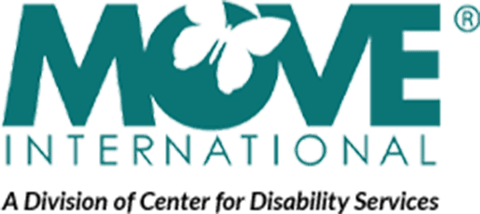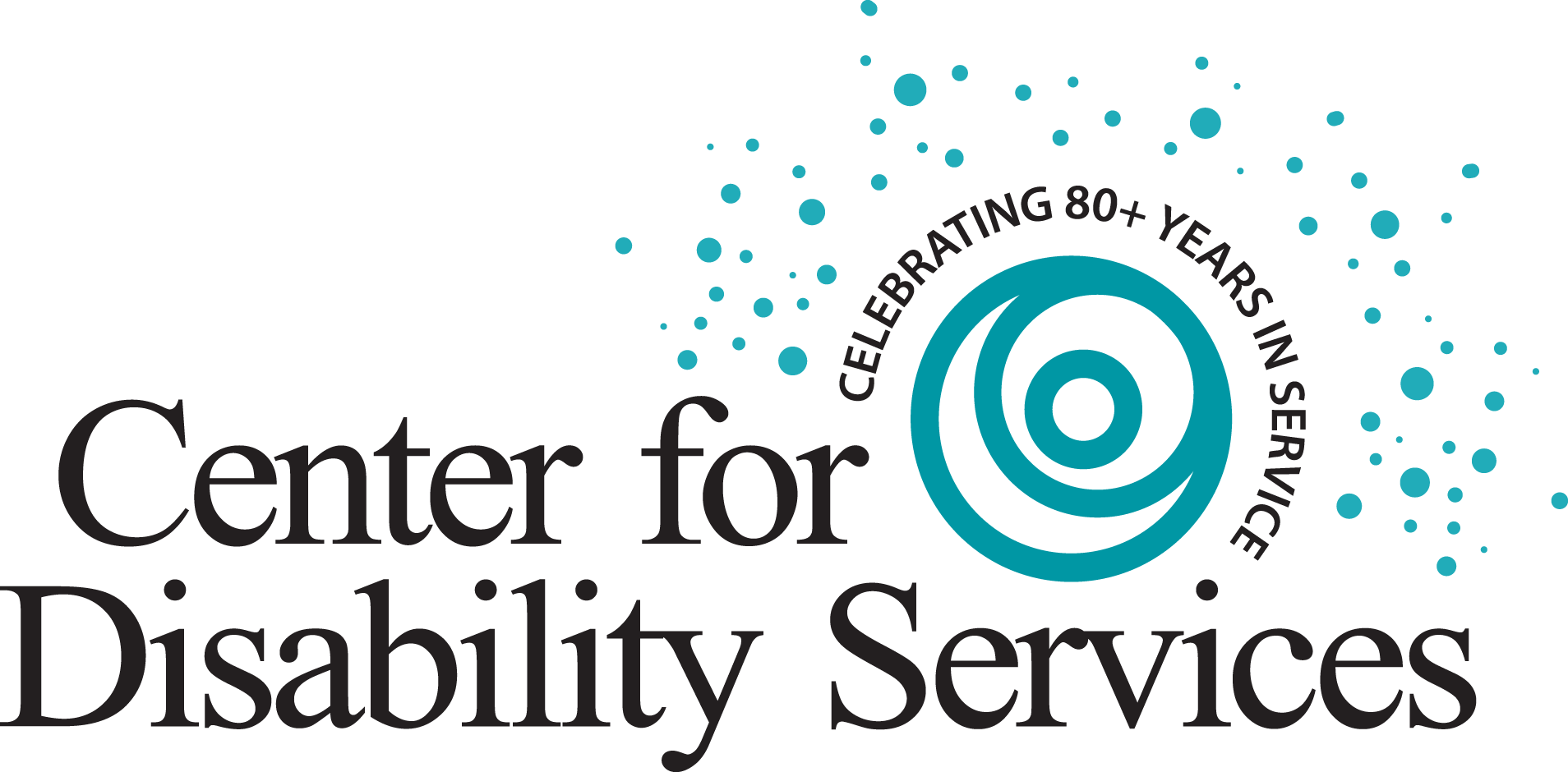MOVE Philosophy Changes The Lives Of Adults At The Cochav Hatzafon Association In Israel
Submitted by Jennifer Jacob BPT M.S.c
I started my journey as a physical therapist in Guatemala and 4 years ago I moved to Israel and started to work at Cochav Hatzafon Association, they developed and operate a continuum of comprehensive quality services (treatment and rehabilitation, housing, employment, social and leisure) for adult patients with physical and intellectual disabilities. My center works specifically with patients with severe disabilities with their treatments more focused on the maintenance of their current state and prevention of future complications, leading me to look for treatment ideas that would allow them to not just maintain their current state but also improve it, this is how I learned for the first time about the MOVE program.
At the time, I was unable to travel to receive formal training but decided to order the books and be in touch with the MOVE International staff to work towards implementing the program in my center. Since I was not formally trained, the center was implementing the MOVE philosophy and we were gathering data using the MOVE Assessment Profile, as best we could.
I started to work with eleven patients between the ages of 21 to 50, the majority diagnosed with cerebral palsy, spastic tetraplegia, intellectual disability, and other health conditions. Some of them did not receive Physical Therapy treatment in their childhood and were treated at home complicating their state even further.
When starting the work with MOVE the patients were in a wheelchair, inactive, and totally dependent, during the period that we worked with the MOVE program they didn't receive additional physical therapy. After six months all patients showed excellent results such as maintaining a sitting position without or minor support, performing various activities with their upper limbs while sitting on a regular chair, holding a standing position with the support of a Rifton PACER, performing voluntary movements in lower limbs without shifting and eight of them managed to move up to three meters nonstop and performed 30 minutes walks during the week.
The results drove us to start exploring with the help of the Ministry of Social Welfare and Social Services of Israel the possibility of bringing the training to Israel and taking the program to other treatment centers to benefit other patients in similar conditions.
Also, we started to incorporate occupational activities into our center for patients who were within the program allowing these patients to experience the feeling of being part of a group and carry out other activities to which they had never had access before.
For me as a professional, having the opportunity to have this tool has been a wonderful experience, to be able to see our patients experiencing–despite their age–sitting alone, taking steps for the first time in their life, or interacting more effectively with others is something incredible.
The smiles on their faces are the best reward!
From A Parent’s Perspective
My name is Yaffa Huri. The mother of Hodaya Huri, she’s 24 years old, she has cerebral palsy and she lives in my house in Safed Israel.
Hoodia started working for the Cochav Hatzafon Association in one of the occupational centers in Safed in November of 2019 and there she met Jennifer for her physical therapy treatments.
When Hodaya start in the Association I had the chance to meet Jennifer who introduced me to the MOVE method for the first time.
I have the opportunity of saw pictures of other patients with similar problems like my daughter, sitting alone in a regular chair and without support, walking with a Rifton Pacer and could not believe it. I was so hoping to see my Hodaya sitting like that too.
After a very short time in which Jennifer treated Hodaya with the MOVE method, I got an exciting picture and video one day at home while Hodaya was in the center and she was sitting alone on a regular chair. I was very surprised. I have never seen her manage to sit alone and be stable before, I just could not believe it.
I was so happy. To this day Hodaya talks about her treatments and her progress thanks to the MOVE method.
Hodaya's muscle tone dropped, she progressed a lot she was able to walk around with the Rifton Pacer, lying on the mattress and turn around more easily and lot of new things that promoted Hodaya and her quality of life.
Hodaya's excitement about her progress thanks to the MOVE method is evident to this day.
New Hope For My Sister
My name is Sigalit Monti, and my sister Shlomit is 42 years old, suffers from cerebral palsy, with high muscle tone, cognitive disability, and blindness, and is fed via a gastrostomy tube.
Shlomit grew up with my parents who took care of her at home until they passed away. She received only home treatment and never received physical therapy, occupational therapy or attended any day treatment center.
It was only after my parents passed away that I was left in charge of Shlomit. In 2016, she began attending the Mercaz Cochav Association's day treatment center in Maalot, Israel.
At the end of 2018, the center began using the MOVE Philosophy. Shlomit began receiving physical therapy treatments from Jennifer following the MOVE concepts.
Prior to her treatments, my sister was confined to a wheelchair. Due to her high muscle tone, the wheelchair was reclined and took up a lot of space. Plus, with her visual limitations, it was difficult for her to interact with others. Her high muscle tone made her unable to perform voluntary movements with her arms or legs.
Due to my sister's condition and the fact that she did not receive treatment until almost 40 years old, her outlook was not very encouraging in terms of improving her current state.
One month after starting the MOVE method, Shlomit was able to sit in a typical chair with minor support and her muscle tone decreased.
After two months we received a video of Shlomit. It was very emotional for us because she was sitting alone for the first time in her life on the edge of a bed without support. We were thrilled.
Shlomit returned home very excited with her progress in the treatments. For the first time, she was able to interact better with her friends at the center, while sitting with them on a regular chair, she began to perform movements voluntarily with her arms that allowed her to do different activities, that she was not able to do before. She soon was able to maintain a standing position with the support of a Rifton Pacer and was able to participate with her friends in the dance workshop.


